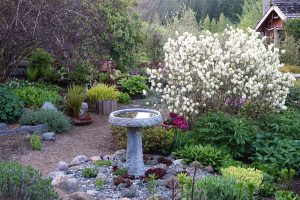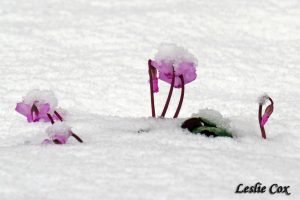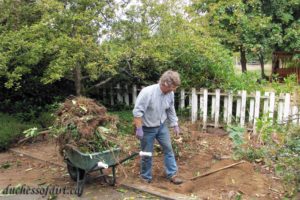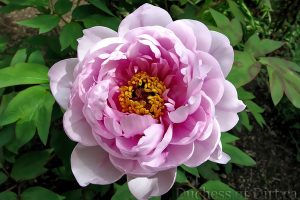Quote of the Week
Word of the Week
Quote of the Week
Did you know?
by Leslie Cox; Monday; May 5, 2025
Did you know….
….the glue once used for binding books came from bluebell flower bulbs?
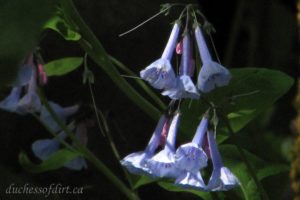 These flower bulbs contain muselage and inulin, naturally occurring starchy substances in nature. The glue was made by simply crushing clean bulbs which produces a sticky paste-like substance.
These flower bulbs contain muselage and inulin, naturally occurring starchy substances in nature. The glue was made by simply crushing clean bulbs which produces a sticky paste-like substance.
It is also said the Elizabethans used “bluebell paste” to stiffen the fabrics used to make their collars and ruffs.
Quote of the Week
by Leslie Cox; Sunday; May 4, 2025
We are watching for May—for the young year’s queen,
With the daisy stars on her robe of green,
And the buttercup and the primrose pale—
The opening page of a Summer tale.
The proud trees sway with their promised bloom,
And fill the air with a faint perfume;
And Nature has woven a garland gay
To crown the head of the coming May.
Beautiful queen of the realm of flowers,
Scattering sweets in this world of ours,
Bidding the brown, unsightly soil
Wake to life with a happy smile…
~ Lizzie Marshall Berry (1847–1919), “May”
